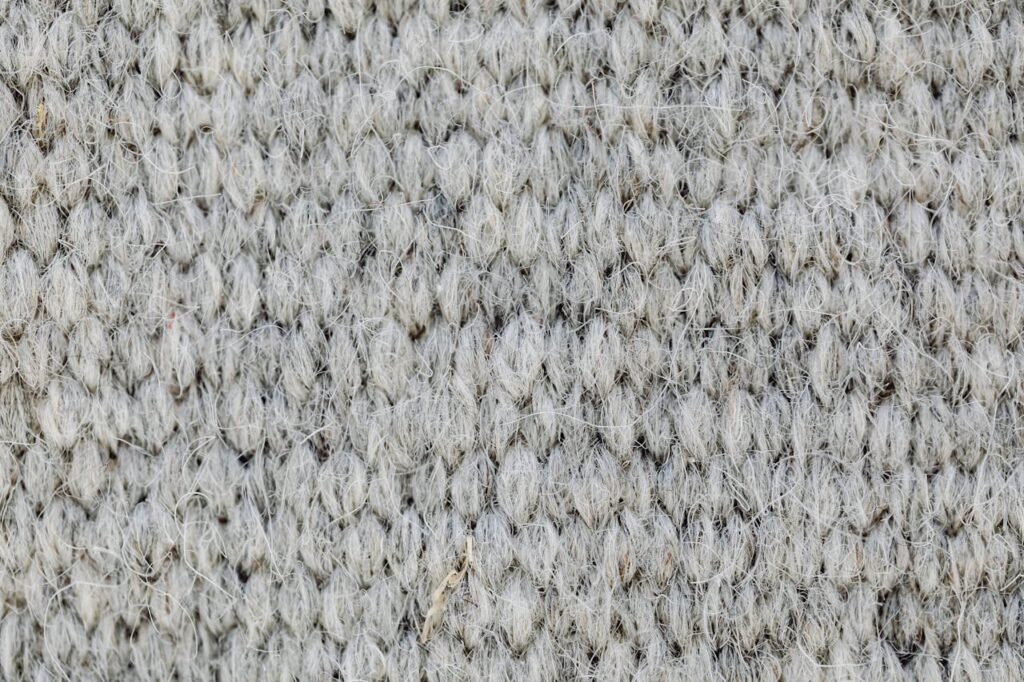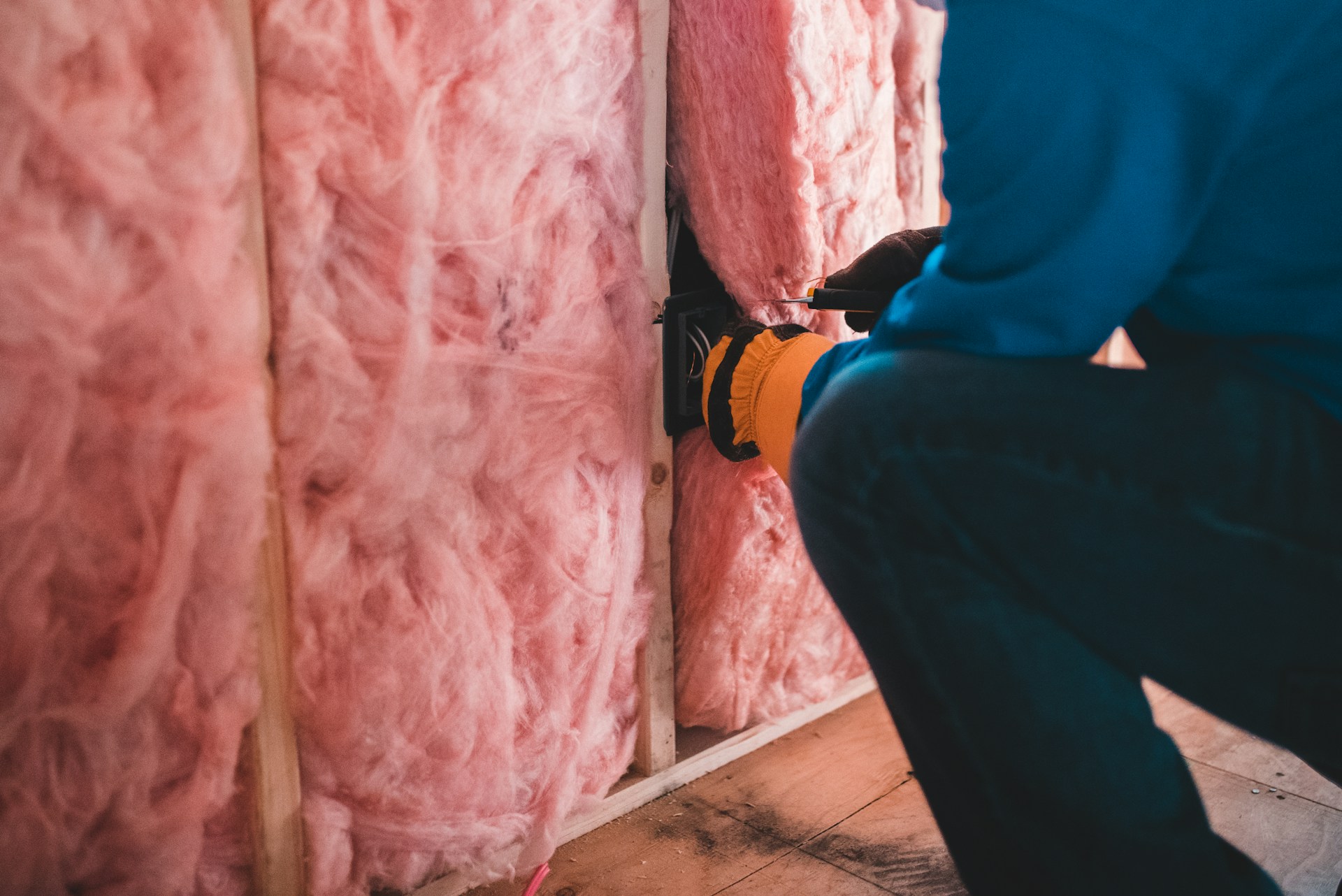Innovations in Bio-Based Insulation Materials
As more and people continue to embrace the necessity and importance or energy efficiency and sustainability in constructions, many people settled for green construction materials.
In these, bio-based insulation materials are emerging out and are under high consideration due to their low energy consumption as well as their eco-friendly nature.
Grown from renewable sources, these emerging materials are a new take on traditional insulation, fiberglass and foam.
In this blog, I analyze the breakthroughs of bio-based insulation, the impact of these innovations on the environment, and its prospects in the years to come for construction.
What is meant by Bio Based Insulation Materials?
Bio-based insulation material is insulation material for buildings that comes from natural sources and renewable resources like plant fiber and animal by-products and agricultural residuals.
Thus, these materials are low-carbon and are biodegradable in contrast to most conventional insulation that depends on petrochemical products.
Classification of Bio-Based Insulation Materials
Hemp Insulation:
Consisting of the fibers isolated from the stalks of the hemp plant, this fabric is very strong, resistant to fire, and has qualities of heat and sound thereby insulating well.
As for climatic conditions, it should be noted that hemp insulation has moisture resistance properties.
Sheep’s Wool:
This natural material gives optimum thermal efficiency and moisture control.
The material is also safe for the environment and it can also remove indoor air pollutants.
Cork Insulation:
Derived from the bark of the cork oak trees it is light, biodegradable, and possesses inherent fire retardant qualities.
The cellular structure offers perfect thermal and sound insulations; it is also lightweight and highly resistant.
Cellulose Insulation:
Derived from recycled paper or cardboard cellulose is one of the eco-friendly insulation materials out there.
It undergoes application of nontoxic fire retardants and holds thermal stability in superior levels.
Mycelium Insulation:
Developed from the mushroom like structure of fungal roots, mycelium is an innovative material that has better insulating characteristic.
That’s why it’s biodegradable, very light and could be cultivated in any forms and dimensions.
These materials take advantage of special characteristics of natural resources to bring in efficient and green insulation materials.
Environmental and Economic Benefits of Bio-Based Insulation
Reduced Carbon Footprint
The buildup of greenhouse gases in the atmosphere has been accredited mostly to the traditional insulation materials which contribute to carbon emission most of which are and hence bio-based insulation has been esteemed for its low carbon footprint.
Hemp and cork during their development process, take up CO2 from the environment which makes them examples of carbon negative materials.
These materials, when incorporated into the building space, act to remove carbon from the environment through implementation of net-zero construction systems.
Moreover, It is also important to note that many of the bio-based insulations being produced entail lower energy requirements than conventional methods, hence; minimizing Green House Gas emissions.
For example, cellulose produced and used as insulation needs five times less energy as compared to fiberglass produced for similar use.
Waste Reduction and Circular Economy
A lot of the bio based insulations are derived from recycled or agricultural material, such as, wood pulp, paper, straw, etc.
This also serves as a way of recycling because it averts the disposal of waste on the land and provides fresh uses of materials that might have been disposed as waste.
Furthermore, as previous stated, bio-based insulation does not remain in buildings for indefinite periods, since it is biodegradable and could gently be returned to the environment after a building’s lifespan.
Energy Efficiency
Bio-based insulation materials offer high R-values so that great indoor temperatures are sustainably achieved in buildings.
This in turns minimizes the necessity to utilize heating and cooling systems and hence retain a large number of amounts for homeowners as well as result into decreased stress on energy systems.
Economic Viability
Of course, bio-based insulation may be relatively costly compared with some traditional materials but it is apparent that such solution pays off in the long term in terms of energy consumption and maintenance.
There is also cost compensation from government policies like provision of tax credits to the sustainable building practices.

Innovations Driving the Future of Bio-Based Insulation
New technologies and new materials being developed for use in building are directing the future of the utilization of bio-based insulation.
Hybrid Materials
The subsequent industrial strategies are researched and developed to improve performance by integrating bio-based materials and high technologies.
For instance, hem pcrete that consists of hemp fiber and lime is applied not only as the insulating material but also as a construction element.
It gives good thermal comfort and also controls the steady indoor relative humidity.
Smart Insulation Systems
Another developing tendency can be qualified as the combination of bio-based insulation with smart building systems.
For example, the mycelium-based insulation of buildings can be combined with sensors, which will inform on temperature, humidity, and air quality inside the house in real-time.
Such systems utilize energy effectively to provide the desired standards of comfort indoors.
Bio-Based Foam Alternatives
New and Cannabricated bio-foams derived from plant-based polyols are emerging that match the performance of polyurethane and polystyrene insulations.
These foams come from renewable feedstock such as soybeans and castor oil which makes them a natural replacement for petrochemical plastics.
Rapidly Renewable Materials
‘The mycelium insulation could be regarded as an excellent example of how a fast-growing resource can perform with the industry.
Mycelium forms in days and therefore it is among the most rapidly renewable resources on the market.
Recent innovations in the growth and extraction technology are gradually shortening production time and costs, thus making it feasible for use in production.
Fire-Resistant Bio-Insulation
One of the main problems of manufacturing bio-based materials is their flame retardance. To this, researchers are inventing treatments that improve fire performance and have no negative impacts on sustainability.
Taking for instance, cork and wool are by their nature fire-safe, but new shockproof chemicals are extending the safety frontier of cellulose.
International Adoption and Legal Backing
Due to advancing societal and organizational needs for eco-friendly insulation materials, bio-based insulation is getting government approval.
Such standards like LEED (Leadership in Energy and Environmental Design) and Passive House insist on the use of sustainable materials and this will propel the market further.
Conclusion
One of those industries is the bio-based insulation materials which have arguably become the most exciting offering in sustainable construction.
Many of them like carbon sequestration, energy consumption, and waste minimization accord with global endeavours to improve climate change.
New products like mycelium-based insulation and hybrid materials, Bio-foams prove the enormous capability of these materials to fulfill the current demands of buildings without harming our environment.
In the future, bio-based insulation will likely become widely popular due to cases of technological improvement and a decline in price.
With bio-based insulation, architects, builders, and even homeowners can play their part in helping build a better world for future generations, using environmentally friendly products and working towards lower CO2 emissions for a cleaner and healthier living environment.
These new types of insulation do not simply belong to the class of construction goods and materials – they are building blocks for a sustainable habitat.
Also read: What Are Smart Homes for Affordable Living

